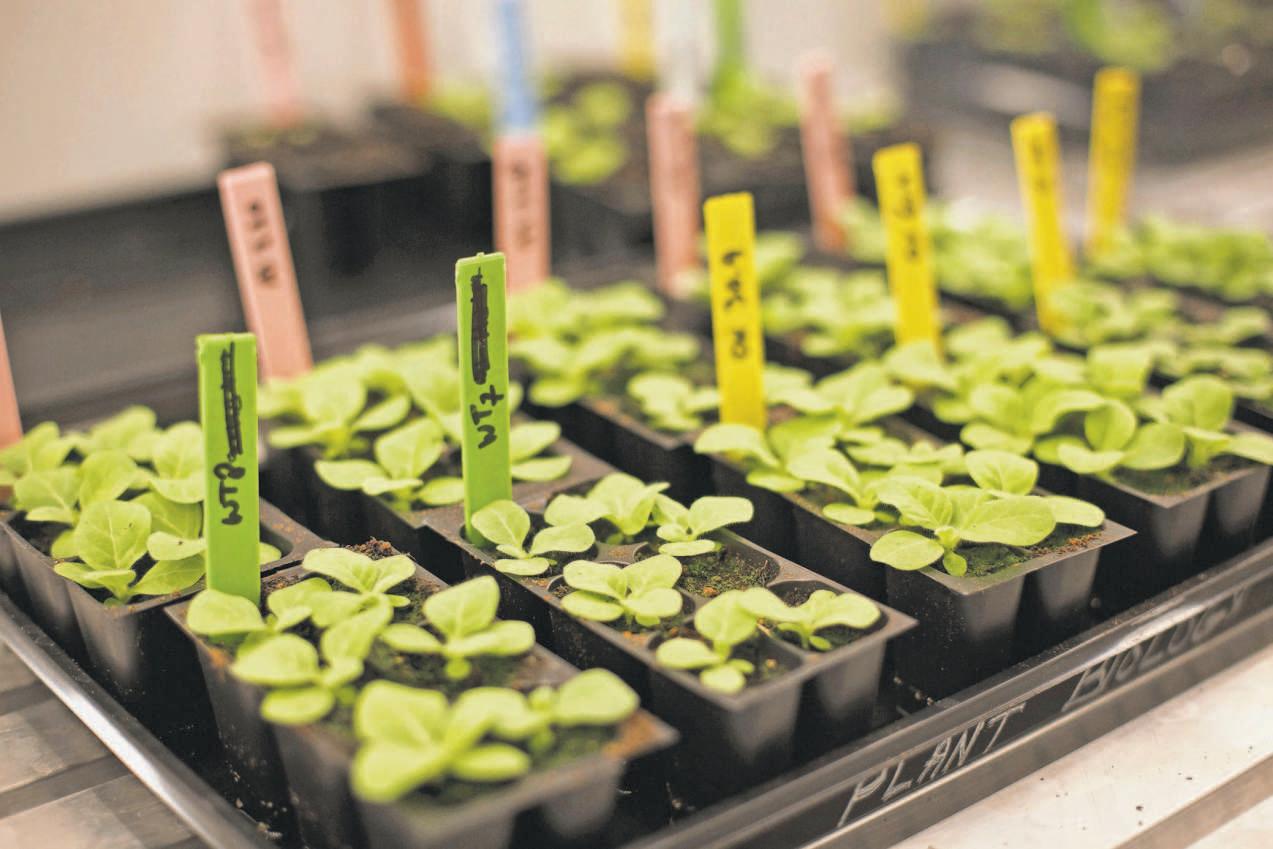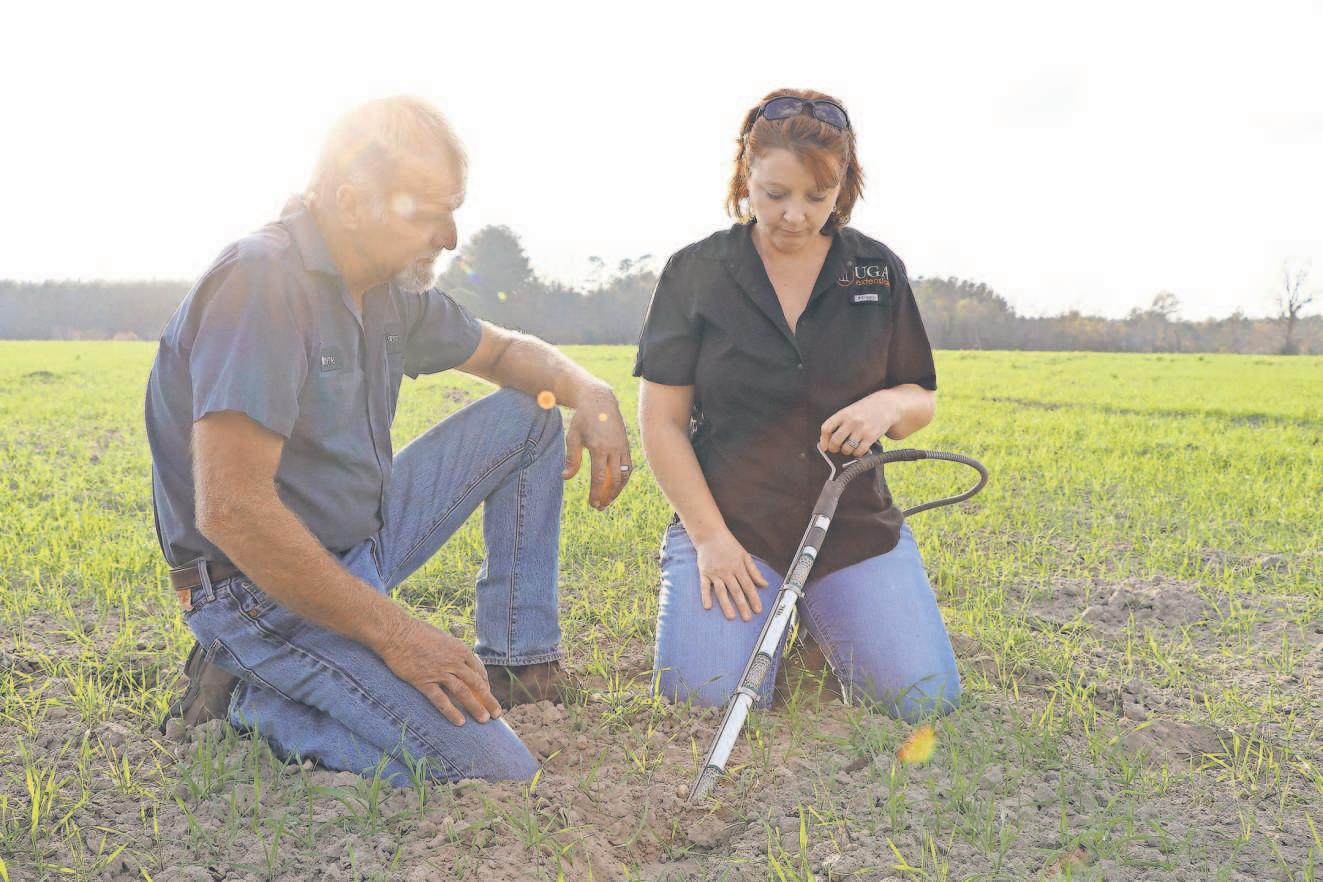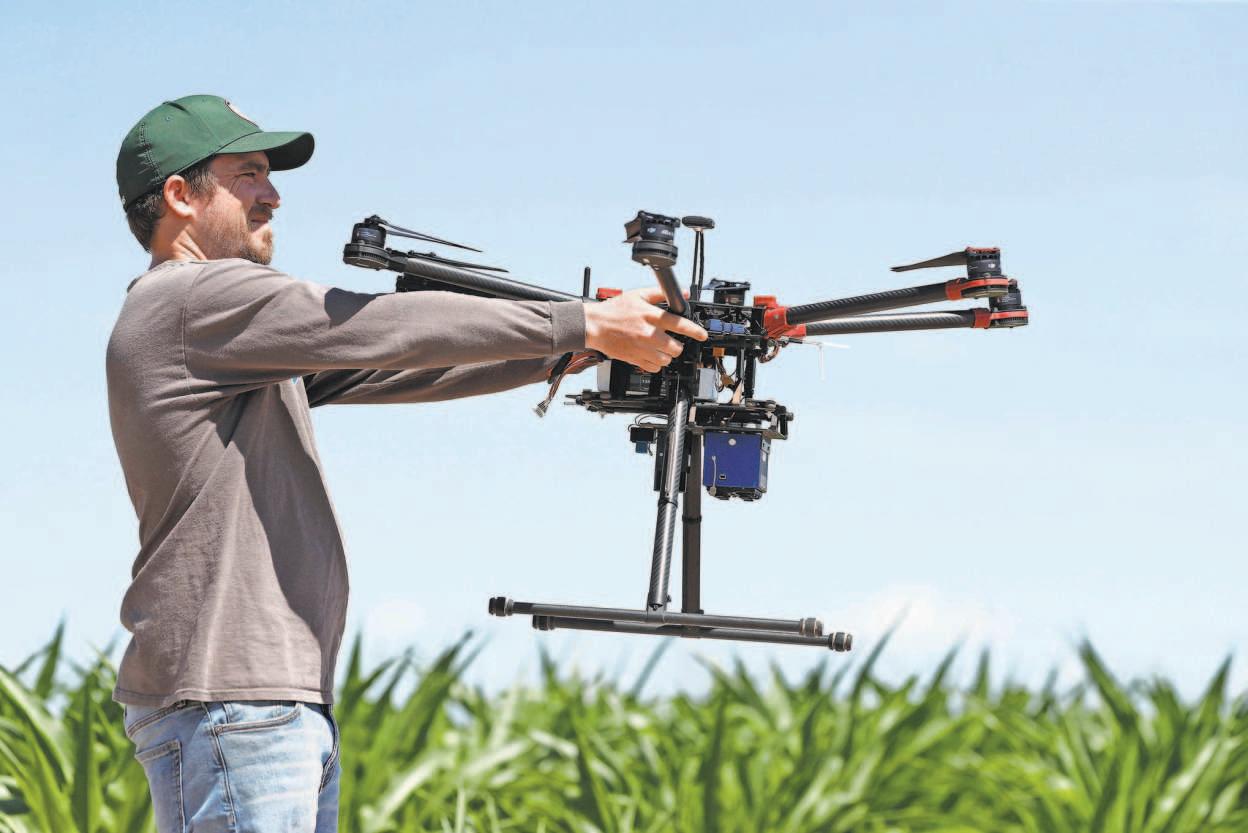78
USA TODAY SPECIAL EDITION
ON THE FARM
Harvest Helpers Today’s tractors offer ultra-engineered features, data-driven technology
John Deere 8RX JOHN DEERE
By Adam Stone
T
RACTORS ARE GETTING SMARTER all the time.
“There are a lot of things that a human operator doesn’t have the ability to sense and respond to,” said Alex Thomasson, a professor in the department of biological and agricultural engineering at Texas A&M University. “A machine can do steering better than a person. There is also a lot of work going on with collec-
tion, storage, analysis and transport of data.” The global market for tractors above the 100 horsepower range is expected to top $175 billion by 2024, according to research firm Mordor Intelligence. Judging by the 2020 offerings, farmers will likely see these big machines getting increasingly more efficient and more capable. Manufacturer Case IH recently introduced the AFS Pro 1200 Display on its AFS Connect Magnum Tractor.
“There’s a lot of peace of mind that comes with these systems. The farmers know they are putting themselves in the best possible position for farming.” — ERIC BROADBENT, Kinze senior director, North America sales
“We are trying to make the displays more user-friendly, to make them easy and intuitive,” said Case IH commercial training manager Leo Bose. The new display “allows the operator to interact intuitively, like on an Android phone, to see things like ground speed, implement engagements or disengagement. It also allows you to customize the front and rear lighting,” Bose said. Others are introducing new technologies to make tractors more versatile. CLAAS of America, for example, recently released its Axion 900 TT, with wheels in the front and rubber belt treads on the back. By incorporating the wide, flat tread, “we can get more traction without adding weight, even as these tractors get larger and larger in horsepower. We also get better flotation, meaning it doesn’t sink in the mud or sand or peat,” said Drew Fletcher, product manager for tractors at CLAAS of America. The treads can even help to extend the harvest season. “If you get a half-inch of rain, a wheeled tractor often can’t go out for a week or two, until it starts to dry out,” Fletcher said. “With this, you can get in a day earlier and pick up production even in marginal soil conditions.” CLAAS is active on the data front, too. Last year the company joined with John Deere, CNH Industrial and 365FarmNet to release a cross-platform tool for sharing agricultural data. “Right now, there is a lot of time and complexity involved in the data manipulation. The farmer needs to be able to see the passes that the CLAAS tractor made and overlay that with the yield map from the Deere combine and with his sprayer map from the Case IH sprayer,” Fletcher said. The new tool makes it easier to share data across formerly proprietary platforms. John Deere also has been innovating its products to enhance operator comfort and convenience. In the company’s 6M model “there is an updated cab with electronic hydraulic controls, bringing some of the controls closer to the operator for convenience and comfort. The transmission controls in some configurations are moved into the armrest so you don’t have to reach as far to interact with those,” said Douglas Felter, a product marketing manager at John Deere. The company has also introduced its Autotrac precision steering feature for the first time on smaller models. “The precision technologies that are now almost common on large tractors are CONTI NUED














